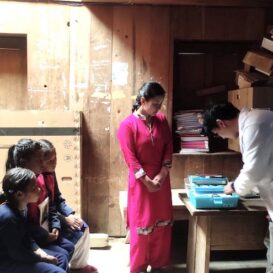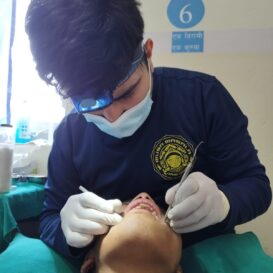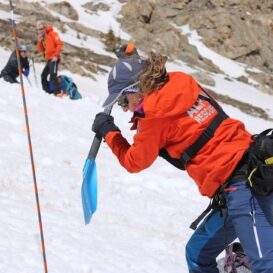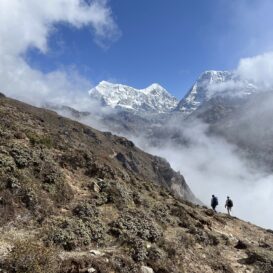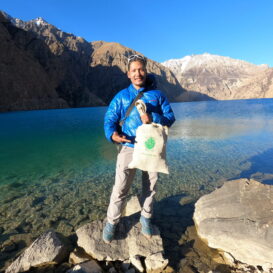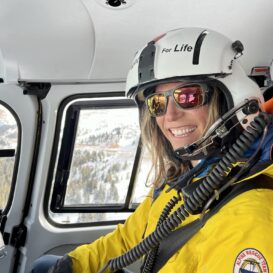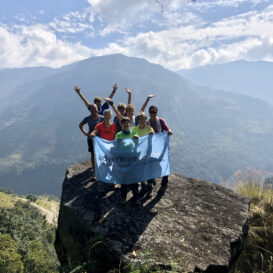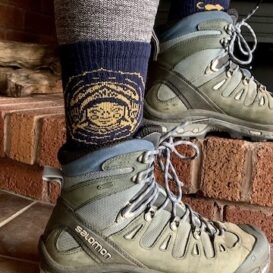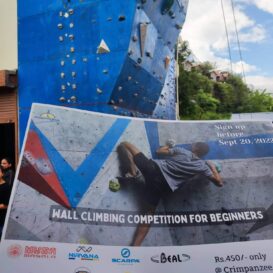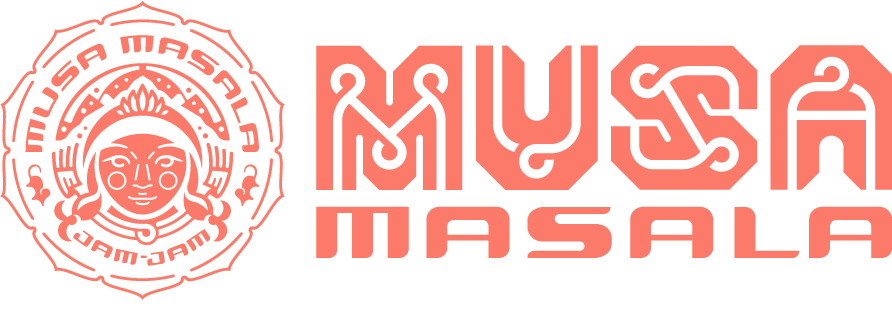Dr. In-Hei Hahn is a world traveler, emergency physician, toxicologist and an outdoor enthusiast. She has practiced medicine on many continents in all kinds of environments and situations. She has provided medical care in The Gobi Desert (in China and Mongolia), Transylvania, the Atacama Desert in Chile and many other adventurous and resource-limited places. We are excited to share with you an interview about her work with the American Museum of Natural History (New York), her adventures in Mongolia and what keeps her going.

1. You have been working with American Museum of Natural History in New York City for quite some time. Tell us about the type of work you do with them and how did it all start?
I have been working as an expedition physician with the American Museum of Natural History since 2013. It was really serendipity that gave me this opportunity. A colleague connected me when he could no longer work with the Museum. My love for travel, being outdoors and working in off the grid environments made this a great fit for me as a physician. I am responsible for the health of the team, which includes planning how to bring enough medical supplies to last a month for approximately 15 to 20 people that is able to handle 99% of the emergencies without breaking the bank, as well as arranging the escape mechanisms if an emergency evacuation was to occur.

I also share in all aspects of the field work which includes looking for dinosaur fossils, prepping our finds, helping to cook, setting up and taking down camps, and anything else that is required to help the team. My first priority is to take care of everyone’s health needs. I then help with other needs including driving a huge UniMog (tow truck for trucks if needed) and occasionally the Kamaz, a Russian 16-wheeler. These trucks carry our water supplies and all of our gear—including food, drink, camping supplies, shovels, jack hammers, medical supplies, tools, etc. The conditions are extreme and there are no formal roads where we dig. It would take approximately two to three days to drive over 1000 miles from the capital, Ulaanbaatar, to the first of many sites where the fossils lay hidden and many accidents are waiting to happen.

2. Can you share some of the most memorable experience you have had while on your trips with the museum crew?
There are so many memorable experiences that come to mind. Lots of memorable drives with trucks stuck in a muddy pit for hours or flat tires to fix, engines overheating, as well as historically before my time, jeeps have even flipped onto their sides due to the road conditions. One medical incident affected most of our team.
Early in one trip we had some fruit that was still fresh from Ulaanbatuur, for breakfast. When I picked up the bowl to clean the dishes, I noticed it was greasy. I realized that the bowl hadn’t been washed from the night before. Unfortunately, it contained raw pork. Half the team needed to be on an antiparasitic for weeks!
Trichinosis is a nasty parasitic illness that can lead to a lot of complications down the line. It was an interesting exercise of how to find and retrieve the medication. Fortunately, our satellite phone worked and the local International SOS program was able to procure the medication before we suffered from any symptoms.
3. What kind of medical challenges have you or other providers encountered on these trips?
Other challenges I’ve encountered are a bloody nose that lasted 48 hours, bad gastroenteritis in multiple team members, bad allergies, chest pains (concerning for unstable angina), dry eye, migraines, and the usual cuts, burns, skin infections, heat stroke, dehydration. In previous trips, there was a guy who became psychotic intermittently and used to run around the camp with an axe. No one got injured but still one has to be prepared.
4. We are certain that Mongolia is on many of our followers’ bucket list. What are some of the activities and sites to visit that you recommend?
The big national festival called Naadam, also called “erlin gurvan naadam,” meaning the “Three Games of Men” celebrates the sports of horseback riding, wrestling, and archery. This happens in July and is very popular. The other festival that I’ve always wanted to see is the Bayan-Olgii Eagle festival in which the Kazakh hunters hunt with their golden eagles to capture foxes and hares as well as other small animals. Ride a Bactrian camel! They say two humps are better than one.
Actually, Mongolians find that a one humped camel is not very attractive. Sleep in a ger. The most famous being the Three Camel Lodge. Visit Ulaanbatuur and get to know the history of Ghengis Khan as well as the Mongol history in general. Fishing trout is supposed to be a world class event as well in Mongolia. There is some rock climbing in Terelj National Park but a lot of the country is still unexplored.

5. You are always ready to explore, learn and contribute. What are your current projects that you are working on?
I started to work on some projects in Africa while working with my husband Geoff Tabin and his foundation cureblindness.org. Since I’m the only non-ophthalmologist in the eye camp, I am responsible for general medical problems including doing resuscitations without a lot of help. After the pandemic ends and we are allowed to have the eye camps again, I will teach first responder care BLS and ACLS to the nurses and health care providers in the eye camps.
Also, I am interested in using ultrasound as a screening tool for the eye camps. There are also quite a few plant projects that I would like to explore in Bhutan, Nepal, and Mongolia. All three countries use herbs for their medicines more than we do in the West. In Bhutan there is a hospital that is primarily using Eastern traditions to treat ailments and an herbal garden that grows the plants that are harvested to make the medications. I want to investigate the efficacy and side effects of their therapies as well as possibly test the variability of the active concentrations from their medications, since they are using formulas in textbooks that are hundreds of years old.
6. You have recently got into rock climbing. Anything else? What draws you to the outdoors and the new challenges?
Lately I’ve been hiking, biking, and swimming…anything to keep sane by being outdoors. The newest sport that I tried was paragliding which is such a rush. It’s a craze in Nepal…and the most peaceful feeling, as if you are a bird.

7. What adventures do you have on your radar for the future?
The COVID pandemic has stopped all projects for now. But as soon as the borders are open, then it will be a mad dash to visit Mongolia, Africa and the Himalaya again and to start off where we finished. Adventures will always be there if you are open minded. Thanks for being interested!


